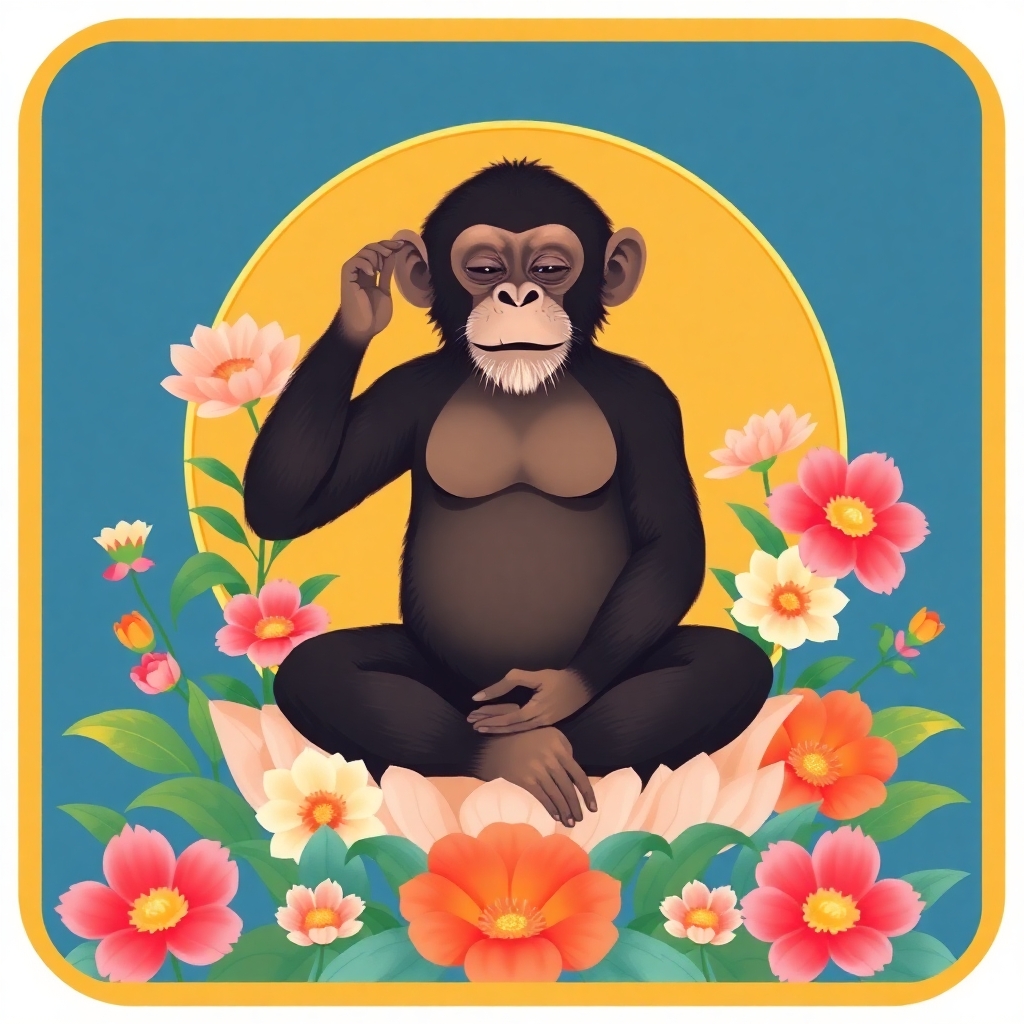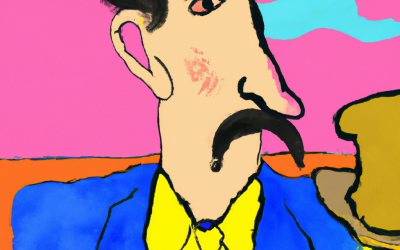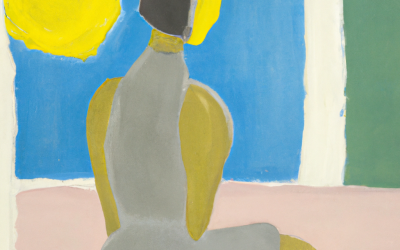“Magic lies in the state of mind of the artist. This magic is wakeful magic. The Artist’s mind is able to tune in to a certain balance or wakefulness. We would call it Enlightenment, in fact.”
– Chögyam Trungpa
What Exactly Do We Mean by “Meditate”? – Defining Terms
For the record, I am not a Buddha—just an average human with average intelligence who has been seeking answers to the riddles of life for much of my life.
I have, however, picked up a few nuggets of wisdom along the way that have helped me deal with being a sensitive, creative person. One of those nuggets is the practice of meditation, also known as sitting and observing the mind. I have had a sitting meditation practice for about 24 years as of this writing. I’ve experimented with many methods and techniques and explored various meditation traditions with different teachers. There is a wealth of information available, along with countless perspectives on meditation, so let’s clarify a few things first.
In our YouTube-educated, spiritually materialized global society, the term ‘meditation’ is taking on increasingly diverse meanings. I tend to use the Tibetan Gelugpa (Yellow Hat) Buddhism definition, as this is the tradition in which I am primarily trained. However, meditation traditions such as Advaita Vedanta also offer profound insight into the nature of awareness and self-inquiry, which is deeply relevant to any serious meditative practice.
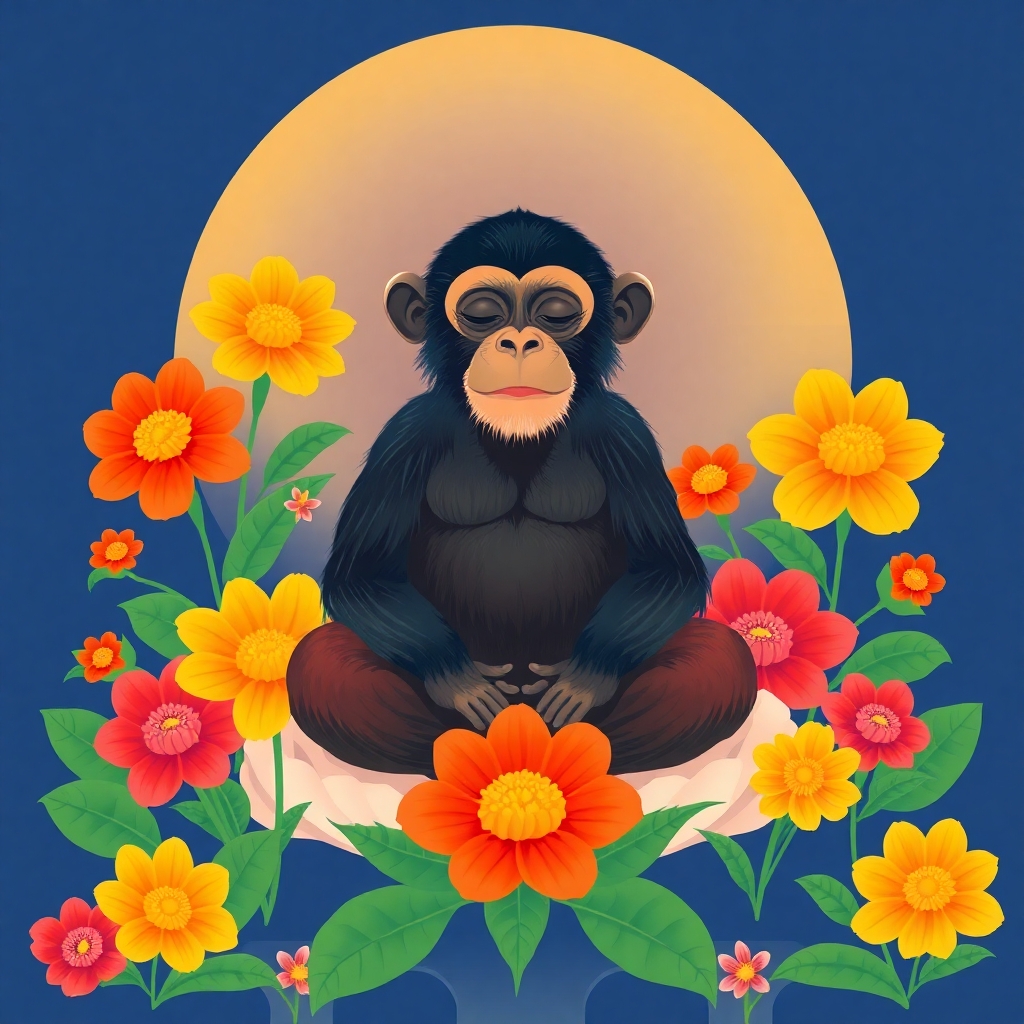
Defining Meditation
This definition of meditation consists of two primary elements:
- Shamatha: The practice of single-pointed concentration, or staying focused on an object such as the breath.
- Vipashyana: The practice of wisdom—seeing clearly what is while maintaining focus on an object or experience.
These two elements form the foundation of what I understand as meditation. Similarly, in Advaita Vedanta, the practice of self-inquiry (Atma Vichara)—asking “Who am I?”—leads to an experiential realization of non-dual awareness. In this tradition, meditation is not just about focusing the mind but about dissolving the illusion of separateness and recognizing the ever-present awareness that is beyond thoughts and identity.
What is Vipassana?
I often use the term ‘Vipassana,’ a Pali word equivalent to the Sanskrit ‘Vipashyana.’ It is generally associated with the Theravadin Buddhist tradition and refers to sitting meditation—physically still meditation—which integrates both single-pointed concentration and the practice of seeing things as they are.
Thus, meditation can be understood as a combination of these practices, but ultimately, it is about being present. It is not a rigid methodology, and there is no single “correct” approach. Meditation traditions vary, and each person may resonate with a different path based on their disposition and needs.
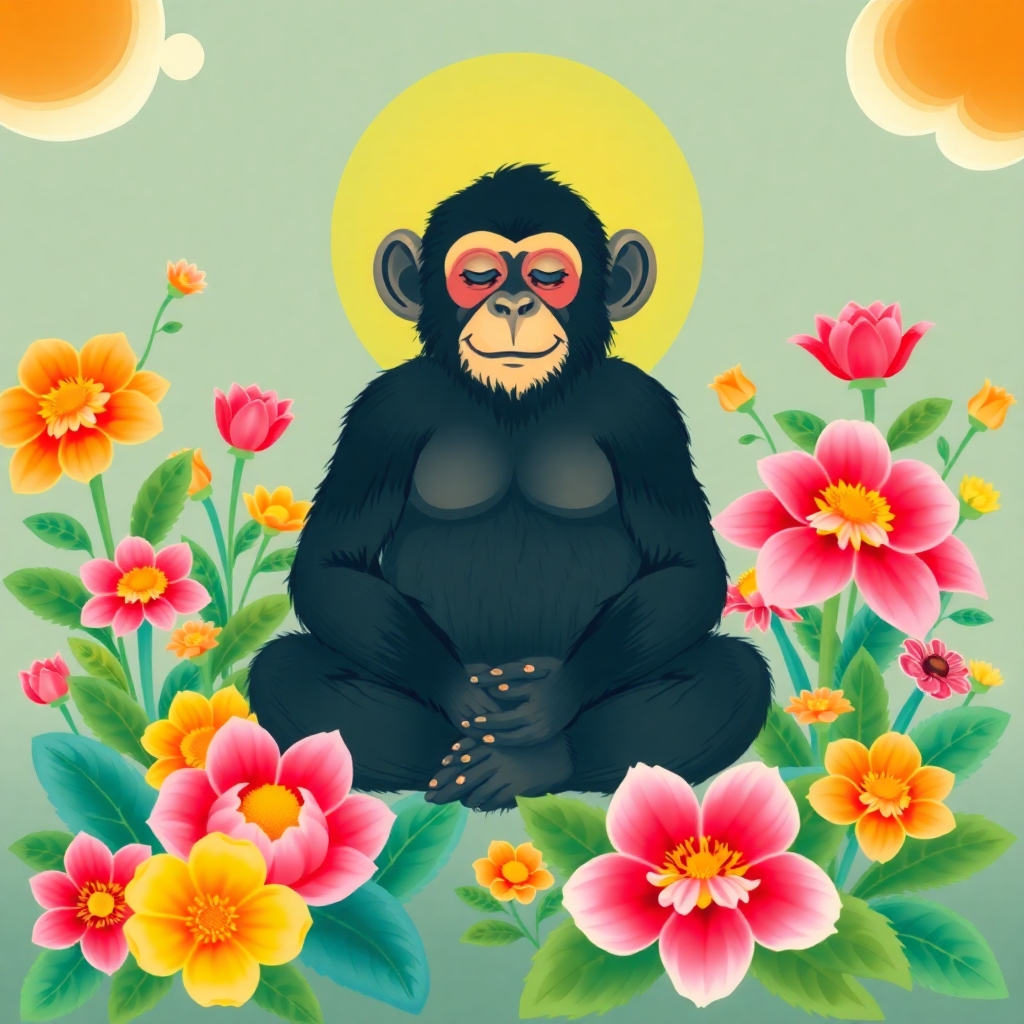
The Simplicity of Meditation
Despite the various traditions and methodologies, meditation is ultimately simple. As the teacher Lester Levinson said:
“If you want complexity, you’ll never see simplicity.”
Many people complicate their meditation practice by dabbling in too many techniques or overanalyzing the process. The ego loves to think and talk about meditation but resists actually sitting down to do it. A simple daily practice, consistently maintained, is often the most effective.
How Does Meditation Work, Exactly? How Does it Benefit Us?
A consistent meditation practice—meaning you sit daily with a single method—leads to noticeable cause-and-effect benefits:
- A sense of lightness in day-to-day life
- Reduced reactivity to stressful situations
- Improved relationships
- Enhanced sleep and relaxation
Meditation helps creativity flow by clearing mental clutter and fostering openness to new ideas. When combined with the creative process, it allows for effortless creation, free from overthinking or self-doubt. Additionally, meditation can be an effective tool for emotional healing, benefiting those seeking help with depression or anxiety by calming the mind and breaking destructive mental cycles.
The Shift in Self-Identity Through Meditation
One of the most profound effects of meditation is the shift in self-identity. As we deepen our awareness, we stop identifying with the mind and body as separate from the world. Instead, we begin to recognize awareness itself as our true nature.
This is a key insight in Advaita Vedanta, which teaches that the ego is merely a construct, and through self-inquiry, we can realize the non-dual nature of existence. The result? A release from suffering and a shift toward a more inclusive and expansive sense of self.
Meditation and Creativity
Defining creativity is just as important as defining meditation. Chögyam Trungpa, the renowned Buddhist teacher, described creativity as “the activity of non-aggression.”
In essence, a truly creative act arises when we relinquish control and allow the process to unfold naturally. This means:
- Focusing on the act of creation rather than the outcome
- Letting go of preconceived ideas about how something “should” be done
- Entering a state of being rather than a state of doing
Meditation plays a crucial role here. A calm, centered mind is more flexible and responsive. It is easier to let go of distractions and enter the creative flow state, where ideas emerge effortlessly.
The Effects of Combining Meditation with Creativity
When combined with meditation, the creative process becomes deeper and more fluid. Benefits include:
- Enhanced ability to learn new techniques
- Increased ability to stay in a state of creative flow for longer periods
- Heightened perception, allowing us to see things as they truly are rather than through conceptual overlays
This heightened awareness translates into art—we move beyond rigid techniques and expectations into pure, uninhibited expression.
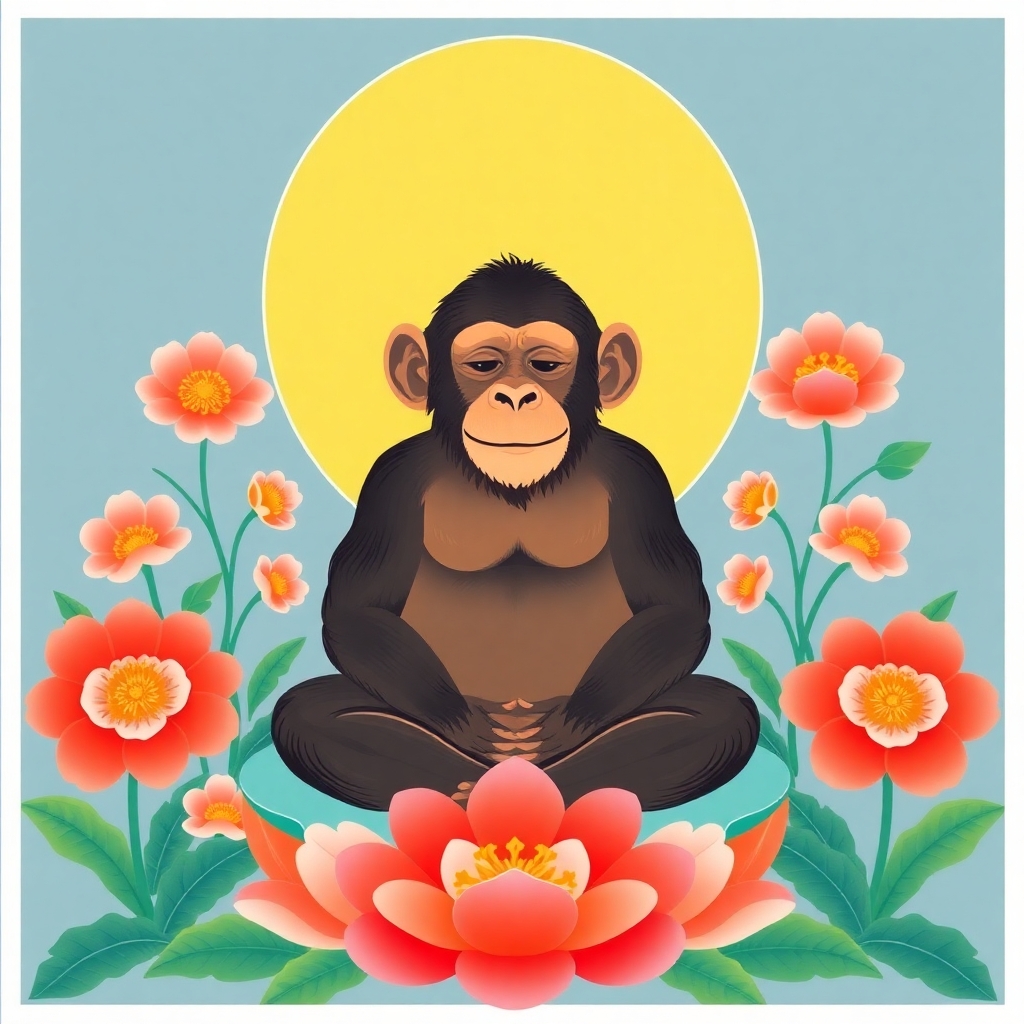
Healing Through Meditation and Creativity
For those struggling with depression or anxiety, meditation and creativity offer profound relief. Trauma and difficult life experiences often trap the mind in destructive thought patterns. Creative expression, combined with meditation, helps break these cycles by redirecting focus away from suffering and into the present moment.
I have witnessed remarkable transformations in both myself and my students through this practice. At least temporarily, it expands awareness, loosens the grip of emotional distress, and creates space for healing. Over time, this can lead to permanent shifts in well-being.
Final Thoughts
A meditation practice—whether rooted in Buddhism, Advaita Vedanta, or another tradition—serves as a foundation for deeper creativity and emotional resilience. It allows us to break free from conditioned mental patterns, step into a state of presence, and create from a place of true inspiration.
By meditating, we are not just training the mind. We are opening the door to unrestricted creativity, boundless awareness, and deep personal transformation.
—
If you’re curious about how meditation can transform your creative process, start with a simple daily practice. Let go of expectations, sit with what is, and observe how your art—and life—begin to shift.
…
Follow these links for:
The Meditation page – info and advice for your sitting meditation practice.
More information on the practice of dissolving negative emotions with your art Dissolve Negative Emotions – ‘art as meditation’


